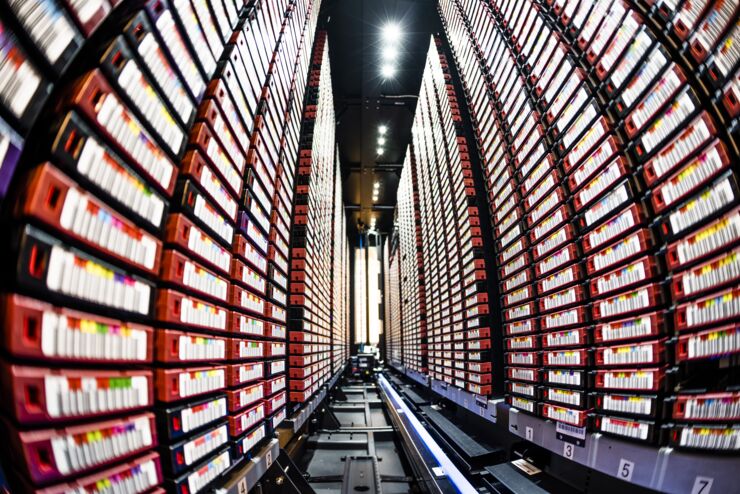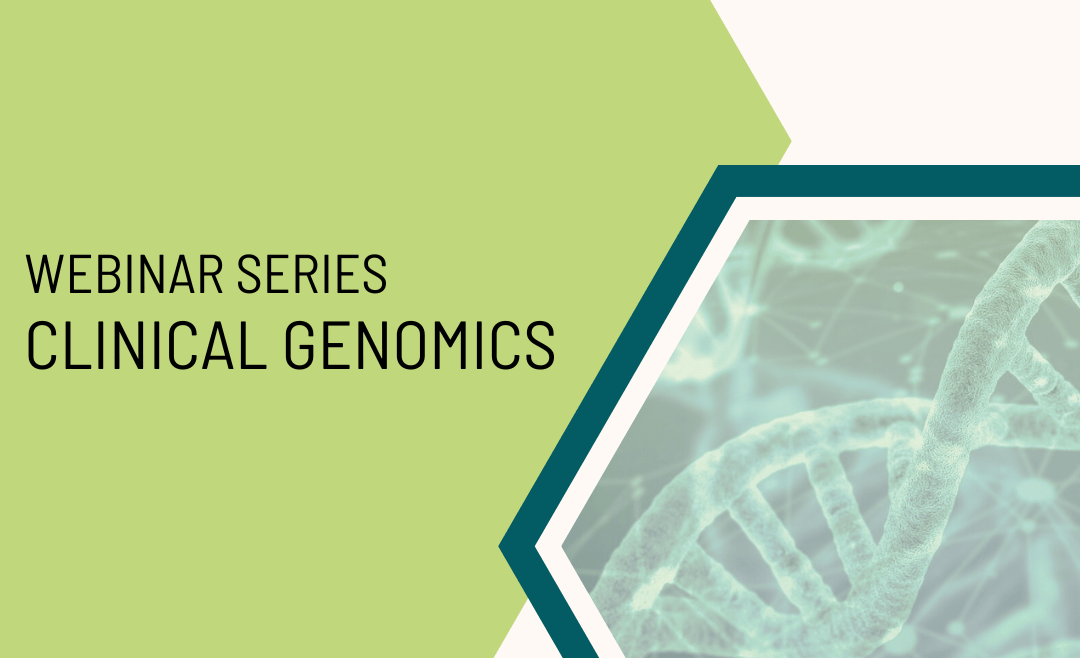Towards characterizing the human 3D-proteome – Nobel Symposium
May 19 @ 14:00 – 18:00 CEST
Public keynote lectures: 14:00-18:00
No registration necessary, but when the room is full, it is full
Program
- 14:00 Introduction – Arne Elofsson
- 14:15 Demis Hassabis, DeepMind, Using AI to model biology
- 14:45 Sarah Teichmann, Wellcome Sanger Institute, TBD
- 15:15 Sergey Ovchinnikov, Harvard, Inverting protein structure prediction models to solve problems in biology.
- For this talk I’ll describe some exciting applications of protein structure prediction models such as TrRosetta, RoseTTAFold and AlphaFold. More specifically, I’ll describe how we can invert these models for protein design, generation of multiple sequence alignments and navigating the conformational landscape to predict structure(s) from single sequence
15:45-16:15 Coffee
- 16:15 Debora Marks, Harvard, TBD
- 16:45 Alice Y Ting, Stanford, Spatial proteomics and transcriptomics via enzyme-catalyzed proximity labeling
- Where a protein is localized in the cell exerts tremendous influence over its function, interaction partners, dynamics, and modifications. Enzyme-catalyzed proximity labeling (PL) has emerged as a powerful and generalizable method to map the locations and interactions of endogenous proteins in the context of living cells, applicable to even membraneless organelles and transient interactions that are inaccessible to traditional methods such as affinity purification. I will give a brief account of PL method development, including directed evolution of the PL enzymes APEX and TurboID, and then describe new efforts to extend PL to RNA and proteome trafficking.
- 17:15 John Jumper, DeepMind, TBD
- 17:45 Final Comments
The Nobel Foundation’s symposium activities were initiated in 1965. Over the years, they have achieved a high international standing. The symposia are devoted to science areas where breakthroughs are occurring.
This symposium aims to bring together experts from various fields with the explicit goal of outlining a joint worldwide strategy to obtain a structural map of the human proteome. In addition to determining the structure and composition of all human proteins and their interactions, it would also require understanding the flexible and dynamic supra-molecular structures in living cells, such as multi-component membraneless organelles. A few key findings from the last years make us believe that this goal is achievable. First, detailed knowledge of composition (splice forms, PTMs) and expression levels in different cells are becoming available. Secondly, Cryo-EM has revolutionized the structural determination of large protein complexes. Finally, using co-evolution and advances in deep learning, it is now possible to predict the structure of many individual proteins and complexes directly using no other information than the sequences and their evolutionary history. In the next few years, combining the progress in these three areas will provide an opportunity to provide unprecedented molecular insights into the function of cells. Theoretical methods combined with ever-increasing sequence information will enable an understanding sequence and structural variation within populations, both in humans and in disease-causing organisms.


